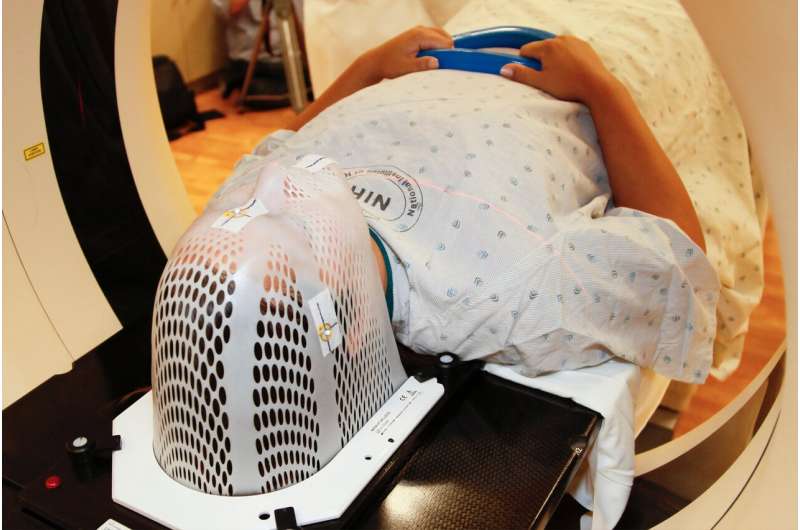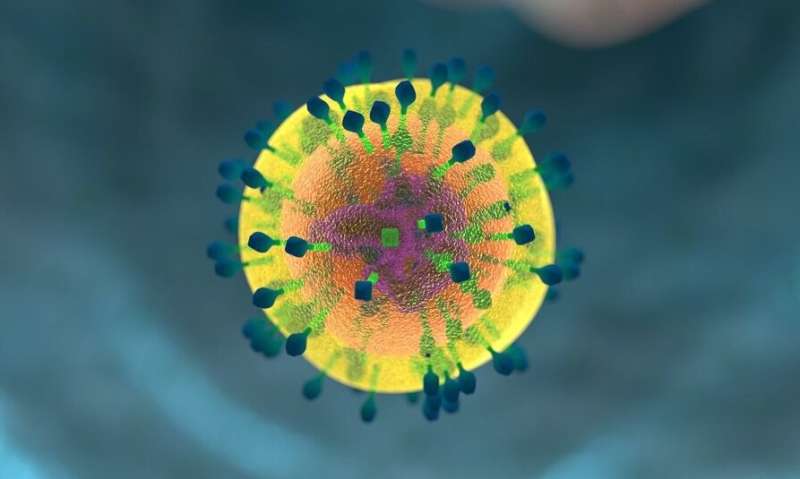Innovative Pulsed Low Dose Rate Chemoradiation Significantly Lowers Side Effects in Cancer Treatment

A cutting-edge pulsed low dose rate chemoradiation therapy has shown promise in reducing side effects for esophageal and lung cancer patients, maintaining treatment effectiveness while improving patient comfort.
Researchers at Fox Chase Cancer Center have demonstrated that a novel approach called pulsed low dose rate (PLDR) chemoradiation therapy can effectively reduce treatment-related side effects in patients with esophageal and non-small cell lung cancers, without compromising the efficacy of the cancer therapy. This breakthrough was presented during the 2025 Annual Meeting of the American Society for Radiation Oncology (ASTRO).
The phase I clinical trial involved 39 patients with locally advanced disease—35 with esophageal cancer and 4 with non-small cell lung cancer—who received standard chemotherapy combined with PLDR radiation over a span of 5.5 to 6 weeks. The key advantage of PLDR is its ability to deliver radiation in short pulses separated by a few minutes, allowing healthy tissues to repair DNA damage between doses. This method helps to minimize damage to surrounding healthy tissue compared to traditional radiation methods.
Dr. Joshua Meyer, Vice Chair of Translational Research at Fox Chase, explained that the traditional challenge has been severe side effects such as esophagitis, which causes pain and swallowing difficulties, often requiring feeding tubes or IV hydration. The study results revealed that severe esophagitis occurred in only 26% of patients, a significant reduction from the typical 40% seen with conventional treatments. Moreover, the patients experienced a median overall survival of approximately 45 months, and a notable portion achieved complete or near-complete responses when followed by surgery.
The technical success of PLDR lies in its pacing; it maintains treatment intensity while sparing healthy tissue. The approach was pioneered at Fox Chase by Dr. Chang-Ming Charlie Ma, who developed the methodology for optimal delivery.
This research indicates that PLDR could become a valuable first-line treatment option for certain cancers, reducing adverse effects and improving patient quality of life, while maintaining strong treatment outcomes. Further studies are underway to validate these findings and expand its application.
Source: https://medicalxpress.com/news/2025-09-pulsed-dose-chemoradiation-therapy-cancer.html
Stay Updated with Mia's Feed
Get the latest health & wellness insights delivered straight to your inbox.
Related Articles
Addressing the Hidden Indoor Heat Risk: Urgent Need for Workplace Protections
A new report highlights the rising danger of indoor heat exposure among service sector workers, emphasizing the urgent need for updated workplace protections amidst rising temperatures and insufficient regulations.
Research Uncovers How Y Chromosome Loss in Blood Cells Impairs Cancer Immunity
New research reveals that loss of the Y chromosome in male blood and immune cells weakens immune response to cancer, potentially leading to poorer outcomes. Discover how this genetic change impacts tumor immunity and therapy effectiveness.
New Insights into How Fruit Fly Brain Creates Spatial Maps Supporting Navigation
Discover how recent research uncovers the neural mechanisms in fruit flies that create spatial maps, providing new understanding of navigation and spatial learning through neural plasticity.
Emerging Insights into Aortic Dissection: The Role of Endothelial Dysfunction and Immune Cell Infiltration
Recent studies identify endothelial dysfunction and immune cell infiltration as key factors in aortic dissection development, offering new avenues for treatment research.



